
DSLRs
Don’t believe what they say: DSLRs are far from dead—in fact, they make a great wallet-friendly alternative to the latest mirrorless models. Read our latest DSLR reviews here.
Latest DSLRs Stories

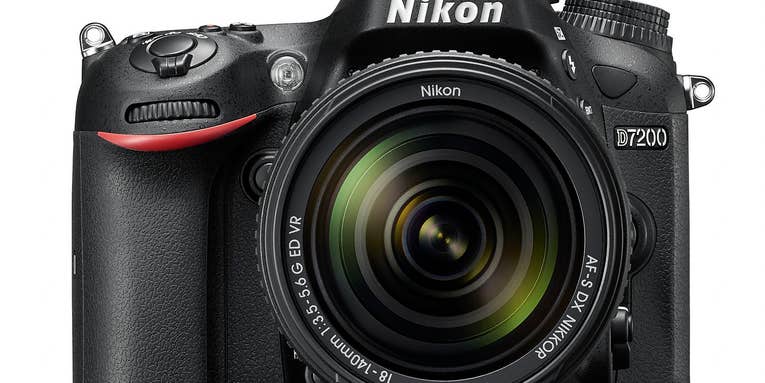
Camera Test: Nikon D7200 DSLR

Nikon Promises Total Camera Replacement if D600 Shutter Dust Fix Doesn’t Work

Nikon Df Review: A Modern Autofocus DSLR
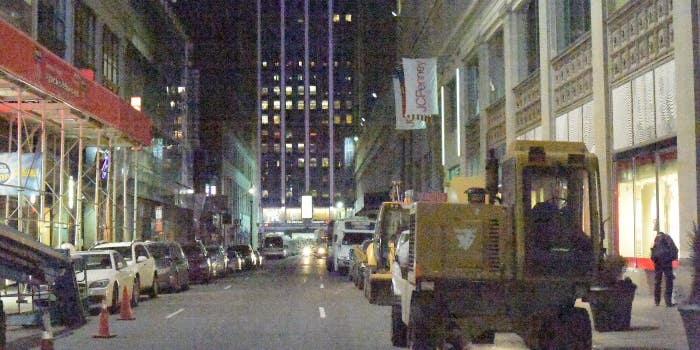
Nikon D4s DSLR: This Is What ISO 409,600 Looks Like

Nikon D4s Camera Test

Camera Test: Nikon D3300

Nikon Issues D750 Product Advisory For Possible Shading From Shutter

Nikon Offers D600 Dust Fix, Will Replace Your Shutter Free of Charge

Camera Test: Nikon DF DSLR

Nikon Officially Announces Flagship D4s Pro DSLR With Maximum ISO of 409,600

Real World Sample Images: Pentax 645Z

New Gear: Pentax K-3 II DSLR Has Special Star Photography Skills

New Gear: Nikon D810 Full Frame DSLR
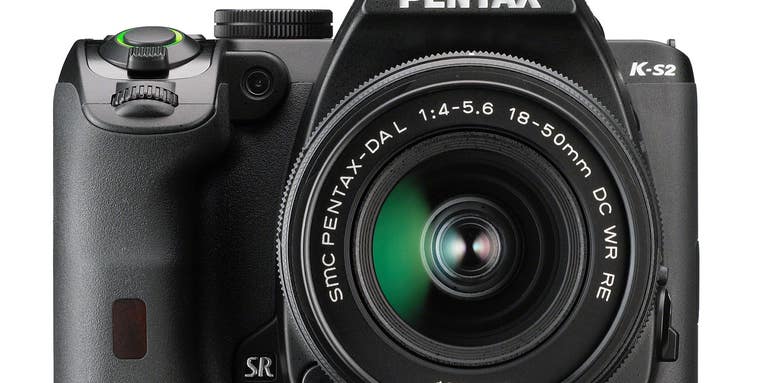
Pentax K-S2

Nikon D750

Canon 5DS R

Canon 5Ds

Canon Releases Firmware Version 2.0.3 for EOS-1D X
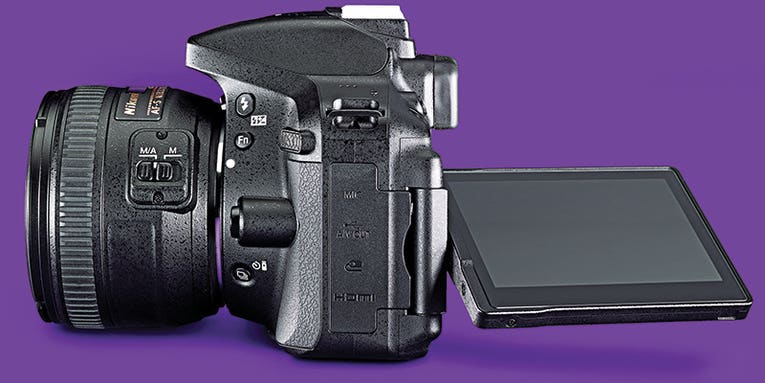
Camera Test: Nikon D5300

CES 2014: Nikon Announces D4S Pro DSLR

Camera Test: Pentax K-3 DSLR
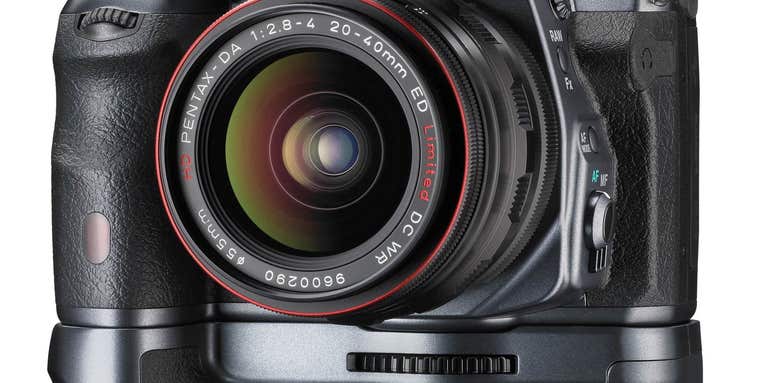
Pentax K-3 Presitege Edition DSLR is Gunmetal Gray

Canon’s 250-Megapixel APS-H Sensor Shoots 5 FPS at 30x 4K Resolution
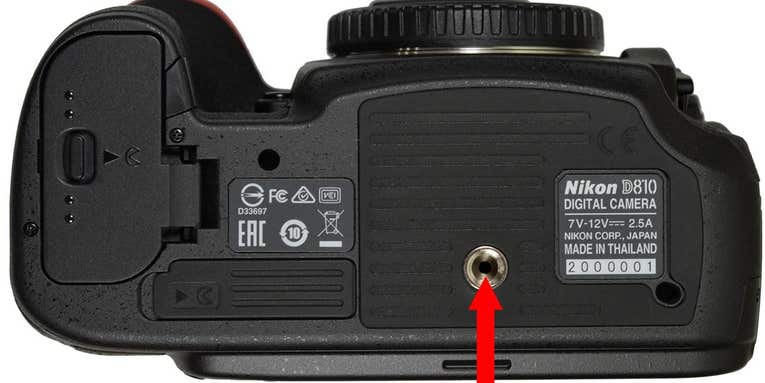
Nikon Releases Official Advisory For White Spots Issue In D810 DSLR

Raising the Bar: Canon’s EOS 7D Mark II

Camera Test: Canon EOS 70D

Camera Test: Nikon D810

New Gear: Nikon D7200 DSLR Gets a Host of Upgrades

New Gear: Ricoh Pentax K-S1 Super-Compact DSLR
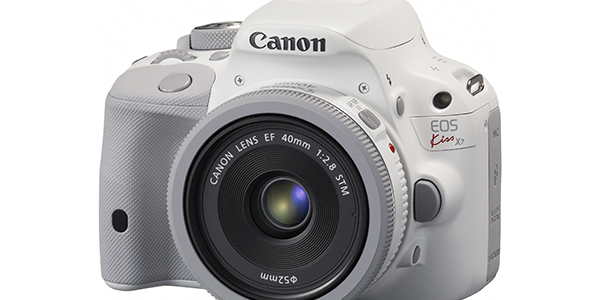
Canon Unveils a White Version of the SL1 DSLR in Japan
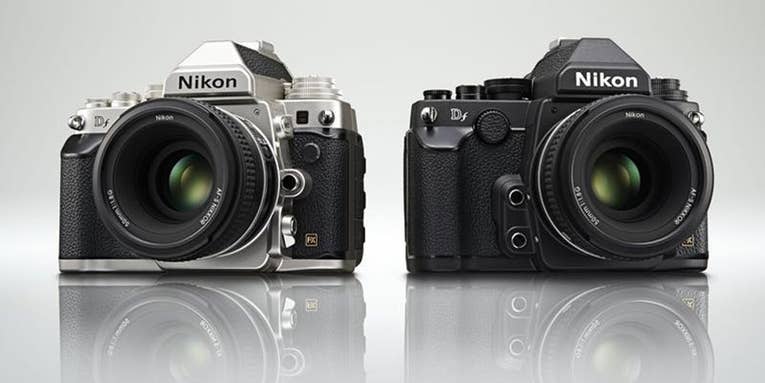
New Gear: Nikon Df DSLR With Retro-Styling and No Video Capture

New Gear: Canon Announces 7D Mark II DSLR With Hybrid AF

Nikon Releases D750 DSLR Filmmaker’s Kit For $4,000
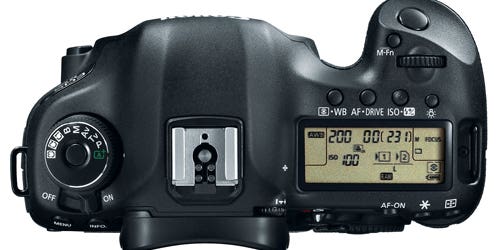
Canon Releases Minor 5D Mark III Firmware Update

New Gear: Pentax K-S2 Is The ‘Smallest Weather-Resistant DSLR’

Hands-On: Canon 7D Mark II DSLR and 400mm F/4 DO IS Lens

New Gear: Canon Rebel T6s and T6i DSLR Cameras

New Gear: Canon EOS 5DS and 5DS R DSLRs With 50.6-Megapixel Sensors

Camera Test: Sony A7R II

Pentax Announces Development of a Full-Frame DSLR, Unveils D FA* 70-200mm F/2.8 and D FA 150-450mm F/4.5-5.6mm Zoom Lenses

Canon EOS 7D Mark II Review

Canon Drops 1D C Price by $4,000
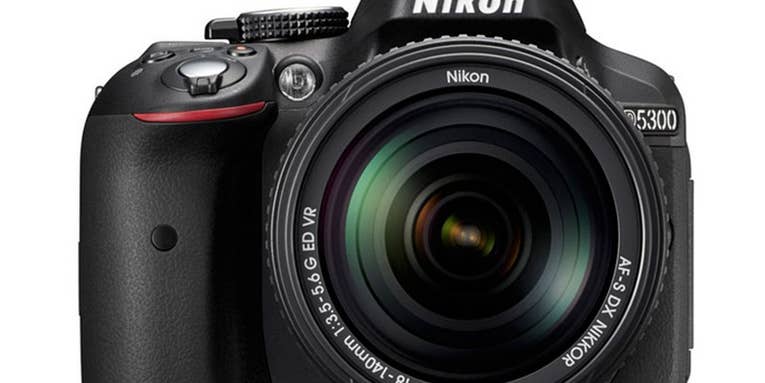
New Gear: Nikon D5300 DSLR With WiFi, GPS

Pentax K-50 Camera Test

New Gear: Nikon D610 Full-Frame DSLR
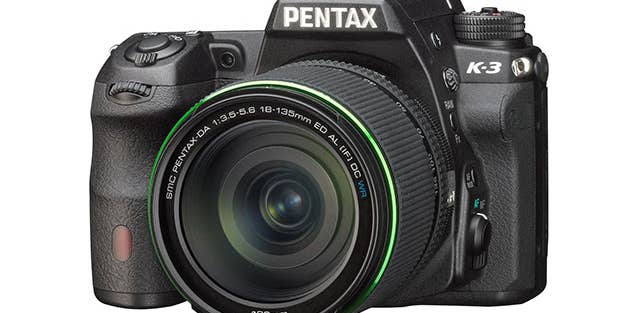
New Gear: Ricoh Pentax K-3 24-Megapixel DSLR

Nikon Releases Official D750 Service Advisory About Flare Issue

Sample Image Gallery: Canon 7D Mark II DSLR (Pre-Production)
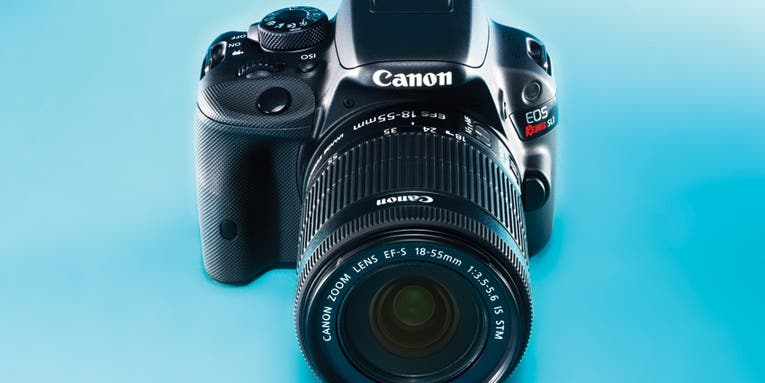
Camera Test: Canon EOS Rebel SL1 DSLR

Canon EOS 5Ds: Camera Test

Hands On: Nikon D810
![Sony Announces A68 Translucent Mirror Camera With “4D Focusing” In Europe [Now in America!] Sony Announces A68 Translucent Mirror Camera With “4D Focusing” In Europe [Now in America!]](https://www.popphoto.com/uploads/2019/01/17/KULZ3X7567LBO54YVMRTDG45HQ.png?auto=webp&optimize=high&crop=2:1&width=765)
Sony Announces A68 Translucent Mirror Camera With “4D Focusing” In Europe [Now in America!]
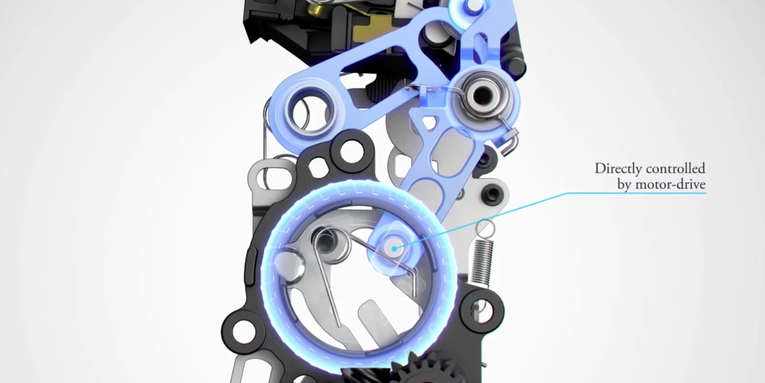
The Mirror-Flipping Tech Inside Canon’s Latest DSLRs is Impressive, Mesmerizing to Watch

New Gear: Nikon D5 DSLR Has a Brand New Sensor, Pushes to ISO 3,280,000
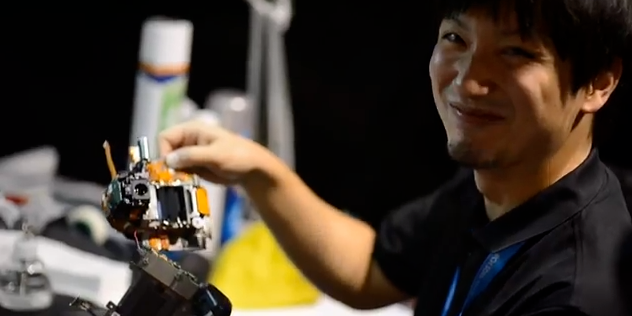
Video: Nikon Tech Tears Down and Rebuilds a D4 DSLR in 20 Minutes

Canon Rebel T5i Camera Test
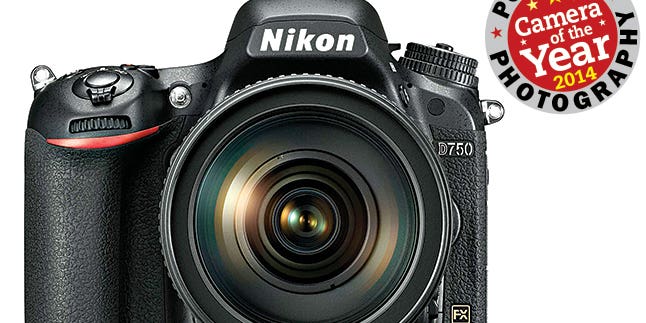
Camera of the Year: Nikon D750

Camera Test: Nikon D750
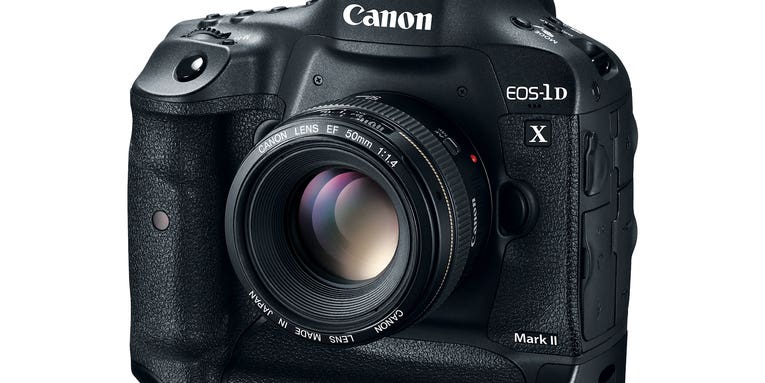
Canon 1D X Mark II: A Pro-Grade DSLR With 16 FPS Still Shooting and 60 FPS 4K Video

Canon Issues Product Advisory for 1D X and 1D C cameras For Insufficient Lubrication

New Gear: Canon EOS 80D DSLR and Redesigned 18–135mm Kit Lens

Hands-On: The Pentax K-1 Full-Frame DSLR Is Here At Last
